If you are having trouble deleting temporary files on your Windows 10 PC, then this guide will come in handy. With the passage of time, a lot of files that may not be of much importance get accrued on your system. Sometimes that happens when you are creating a new file, while other times a copy of the file being transferred gets saved to your C Drive. In some cases, any third-party apps can also leave behind a few files. All these aren’t of any importance as such to the general user but ends up taking a considerable amount of storage space.
If it would have been a case of few MBs then that wouldn’t be a cause of concern. But users have reported around 5.49GB of temporary files. And files weighing in GBs without having any use as such is simply a waste of storage space. So a simple solution might be to just select and delete all these files. Unfortunately, it sounds a lot easier than the actual scenario. A lot of users are facing issues related to the deleting of temporary files on their Windows 10 PC. If you are among them, then this guide will come in handy. Follow along.
Also Read
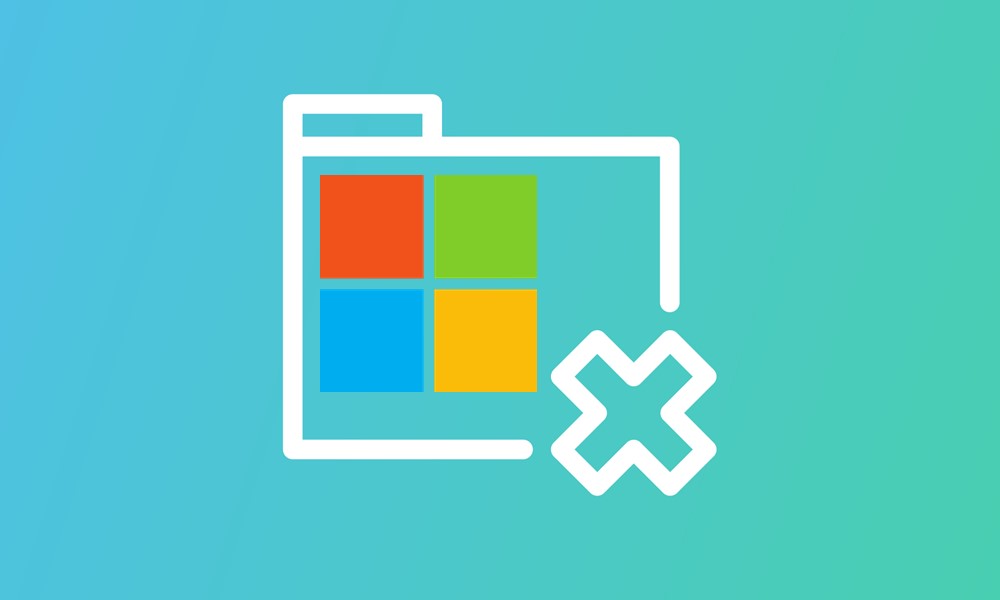
Page Contents
Fix Windows 10 Temporary Files Not Deleting
To fix the aforementioned issue, we have shared six different types of methods. Since there isn’t any universal fix as such, it is recommended that you try out all the methods given below. At the end of which, you should achieve success.
Fix 1: Delete Temporary Files Using Disk Cleanup
Windows comes with a built-in disk maintenance tool that shows which types of temporary files are taking up space and how much are they consuming the storage space. Furthermore, it also provides a pretty handy option to delete these files once it for all. Here is how you could access the Disk Cleanup tool on your Windows PC:
- Head over to the Start menu, search for Disk Cleanup, and launch it. The other way of launch9ng it is from the Control Panel > System and Security > Administrative Tool > Disk Cleanup.
- You will then be greeted with the Drive selection menu. Choose C Drive.
- Then click on the Clean up system files button.
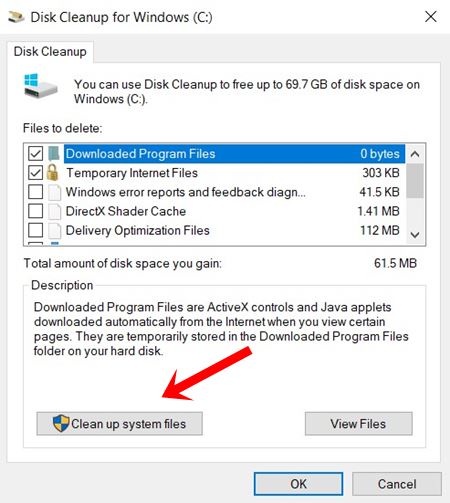
- It will scan your entire C drive and analyze how much storage space you could gain.
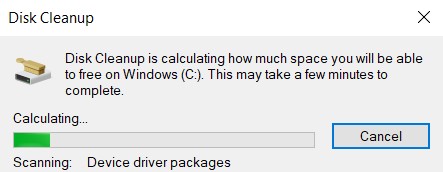
- By default, the Windows Update Cleanup isn’t selected. This section holds a copy of all the Windows Update, even after the newer version of Windows has been installed.
- As you might have guessed, it ends up taking quite a lot of space. So if you are low on Storage, select that option as well and hit the OK button.
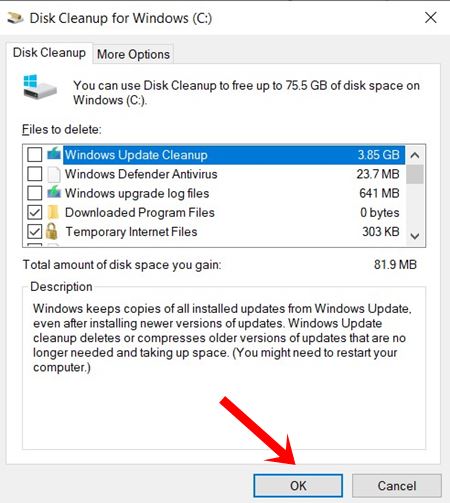
- Then from the confirmation dialog box that appears, click on Delete Storage. The cleanup process will then begin and will take up some time, depending on the files that are being deleted.
- Once that is done, restart your PC. You will have successfully deleted the Windows 10 temporary files with this. If the tool was unable to delete a substantial amount of files, then try out the next method.
Fix 2: Delete Temporary Files Via Command Prompt
You could also make use of a few sets of commands to delete these temporary files. To begin with, head over to the Start menu and search for Command prompt. Make sure to launch it with administrative privileges. Now, you may make use of the following commands, as per the need:
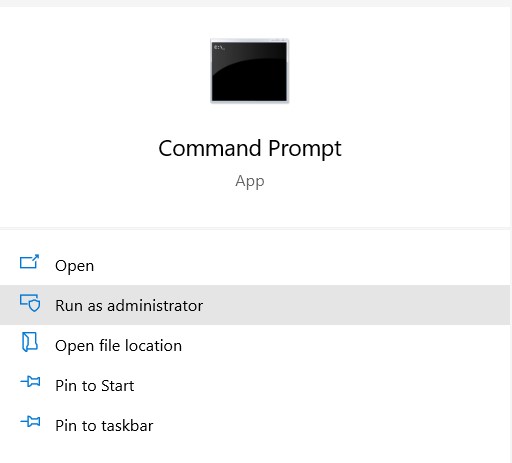
- To delete temporary user files, use the below command:
del /q /f /s %temp%\*
- On the other hand, executing the below code will delete the temporary system files:
del /s /q C:\Windows\temp\*
- You could also use the following command to delete both the above files at one go:
del /q /f /s %temp%\* && del /s /q C:\Windows\temp\*
- Once that is done, close the command window and give your PC a reboot. Check if you have been able to delete the Windows 10 temporary files or not.
Fix 3: Using Third-Party apps
- You could also make use of third-party apps for the aforementioned purpose. One of the more popular ones is the CCleaner app.
- So download and install it on to your PC and head over to its Custom Clean section.
- Now select the Temporary Files option from the left menu bar and hit the Analyze button.
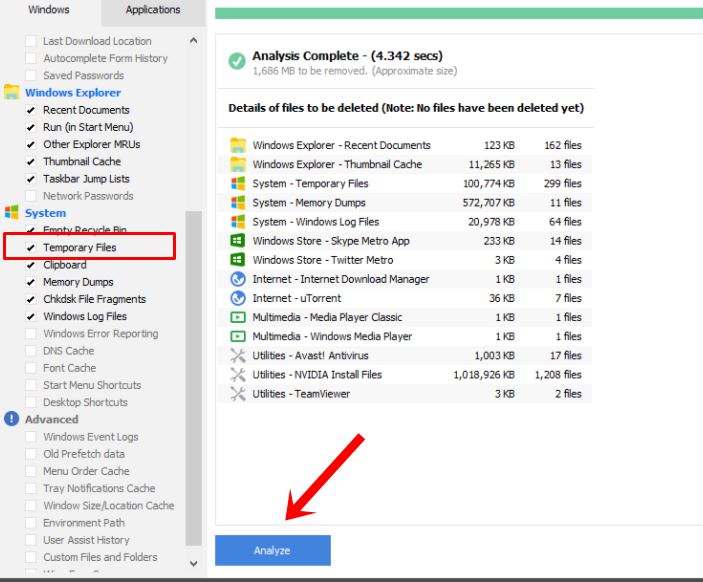
- It will then show the total amount of space you could gain and the files that it would be deleting. If you are satisfied with that, hit the Run Cleaner button situated at the bottom right.
- The entire process might take up some time, and once it is done, restart your PC. See whether the temporary files have been deleted on your Windows 10 PC or not.
Fix 4: Manually Deleting Temporary Files
If the above utility or third-party apps aren’t able to give the desired results, you might also go for the manual approach. For that, we would be needing the Run dialog box.
- Use the Windows+R shortcut key combination to launch the Run dialog box.
- Type in temp and hit OK. Now select all the files from that folder using the Ctrl+A shortcut. Now permanently delete those files using the Shift+Del key.
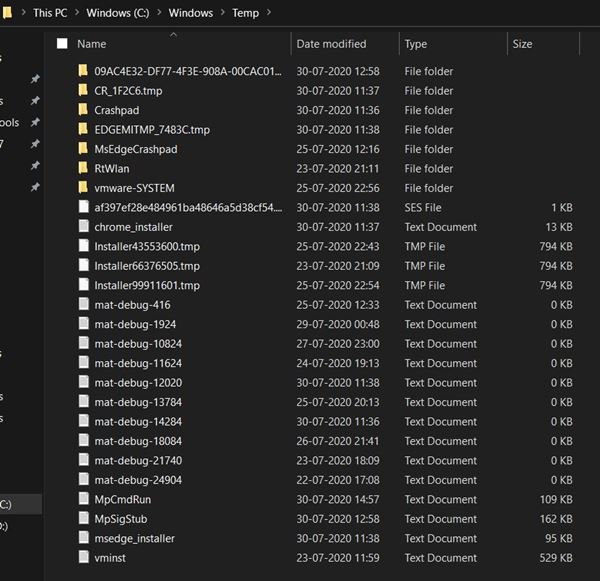
- Again launch the Run dialog box. This time, type in %temp% and similarly permanently delete all the files from that folder using the above method.
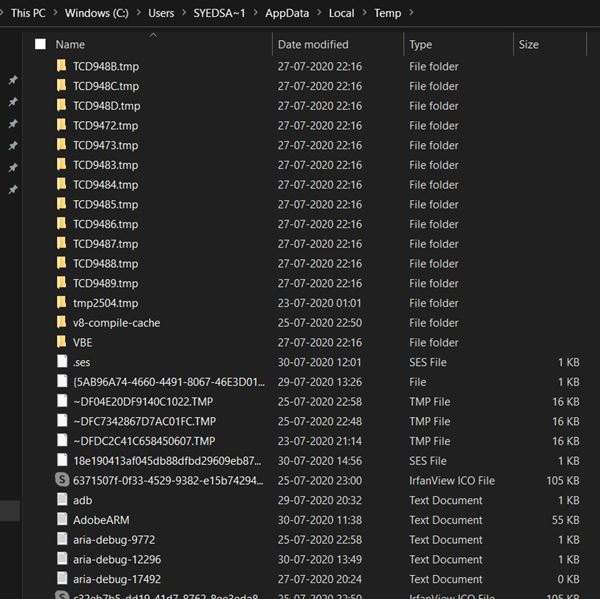
- Once more head over to Run, type in prefetch and hit OK. Select all the files from that folder and delete all the files.
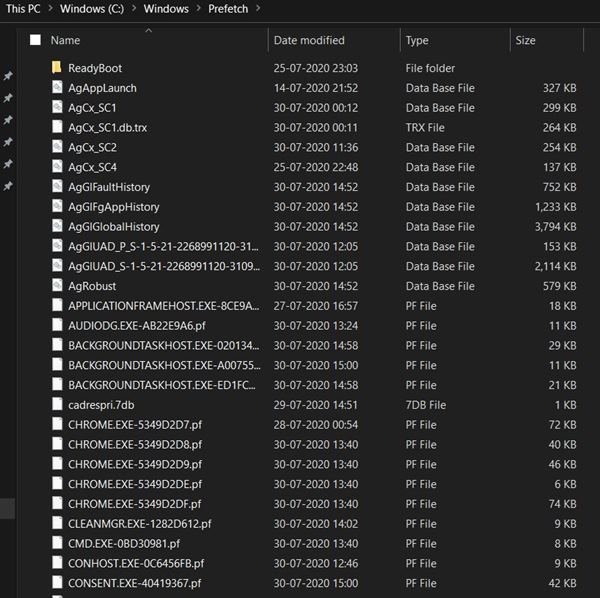
- When you have deleted all the files from these three folders, restart your PC. Now check if the deletion of temporary files from your Windows PC is successful or not.
Fix 5: Delete SoftwareDistribution Contents
When Windows downloads and applies a newer update, it doesn’t delete the contents of the older updates. Rather it is kept on your C drive’s SoftwareDistribution folder. This ends up taking a considerable amount of storage space. So if you wish to delete this older Windows backup, here are the steps to be followed.
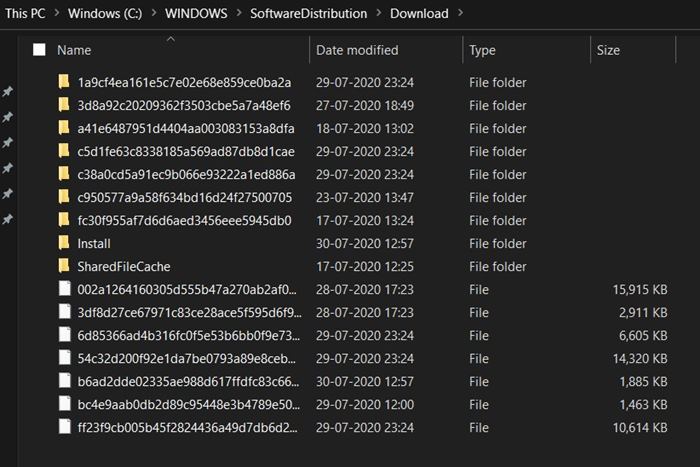
- First of all, make sure there are no pending updates. if there is any update that needs to be downloaded, do so right away and then proceed with the below steps. To check for the update, use the Windows+I shortcut keys to launch the Settings menu. Then go to Update & Security > Check for Update.
- Once you are done with the update, use the Windows Key + R shortcut to launch the Run dialog box.
- Now copy-paste the below address and hit Enter:
%WINDIR%\SoftwareDistribution\Download
- Select all the files from that directory and permanently delete them using the Shift+Del shortcut.
- Check the remaining space and see whether you were able to delete temporary files from your Windows 10 PC or not.
Fix 6: Try Deleting Temporary Files from Safe Mode
It might happen that any third-party app might be conflicting with your attempt to delete the temporary files. In such a case, we would recommend you to boot your PC to safe mode and then try deleting those files. For the unawares, Safe Mode only allows essential system programs and services to start up at boot, disabling all the other apps. With that said, here is how to boot your PC to Safe Mode.
- First off, we will have to access the Safe Mode. For that, click on the Power button. Then press and hold the Shift key and select Restart from the menu.
- Next up, select Troubleshoot > Advanced options > Startup Settings and then click the Restart.
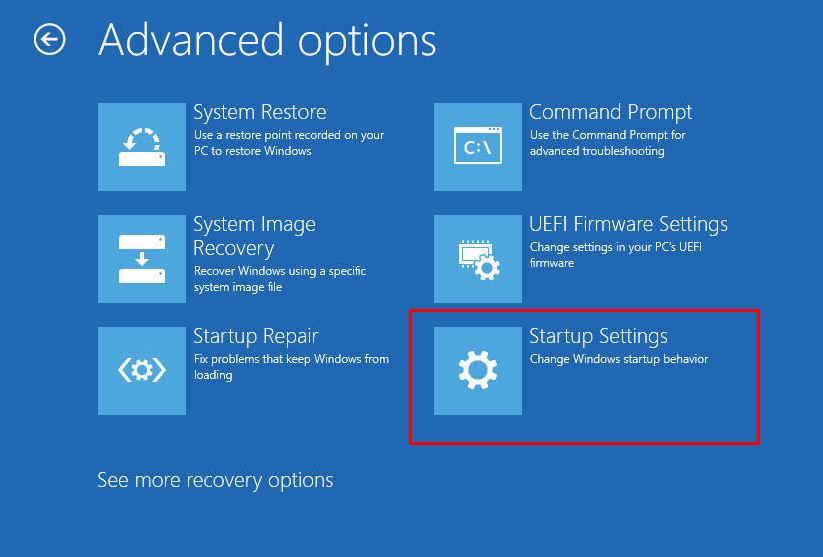
- You will now be presented with a long list of options. Select Safe Mode.
- Once your PC boots to the Safe Mode, try any of the aforementioned fixes (except Fix 3) and the issue should be fixed.
With this, we conclude the guide on how to delete temporary files from your Windows 10 PC. We have shared six different methods, any one of which should spell out success. Do let us know in the comments which method managed to rectify the issue. With that said, here are some iPhone Tips and Tricks, PC tips and tricks, and Android Tips and Trick that you should check out as well.
